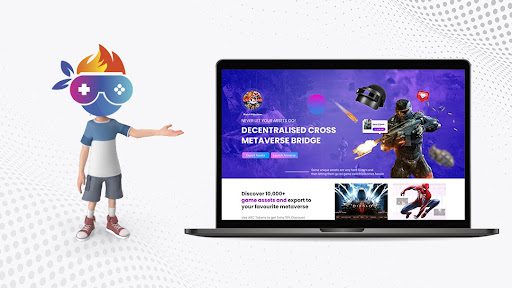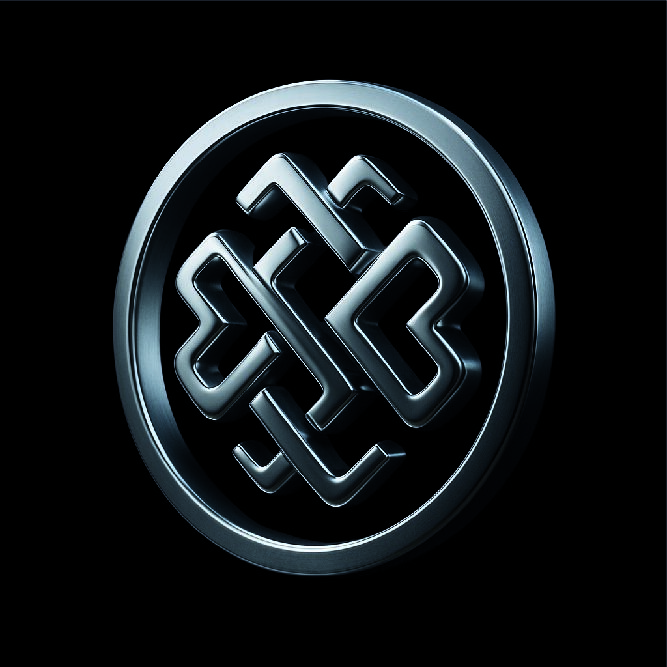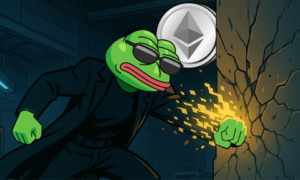In-app purchases represent sunk costs for players and limit engagement with gamers. Furthermore, while the top developers earn the lion’s share of gaming revenues, thousands of smaller publishers are left out of the loop. By creating cross-game and cross-chain bridges using blockchain and NFT technology, ArcadeNetwork is poised to revolutionize the gaming space. Here’s how.
The Issue at Hand
Because of low barriers of entry, hundreds of thousands of new games are developed and added to the App Store, the Play Store, and other gaming platforms every year. However, the vast majority of revenues across the top titles – up to 80% for mobile games – are earned by only a handful of big publishers. This leaves a small percentage of revenue left for sharing between thousands of developers.
Although developers can use microtransactions to monetize in-app purchases, less than 1% of mobile gamers generate about half of all in-game revenue. Furthermore, only one in twenty gamers spend on in-app purchases. Because of this, developers tend to focus on a small fraction of the market, leaving billions of gamers (and a lot of money) off the table.
There are many ways that developers can encourage in-app purchases, such as the following:
- Spur purchases to overcome incremental difficulty or to access new characters, levels, chapters, or items.
- Provide powerups to ensure progress.
- Provide premium features such as removing ads.
- Reduce the time needed to complete a game.
- Provide limited-time offers or deals.
- Offer limited-edition collectibles.
While these approaches can help move the needle, they do not address the core of the issue, which is the design of games and in-game items. Studies have shown that gamers and developers favor having in-game items available for trade in other games or on secondary markets. This is not the case for current games, but it can be a game-changer and can revolutionize the freemium game model and replace the unsustainable (and ineffective) models we have today to convert casual gamers into paying gamers – as long as the right tools, features, and incentives are in place.
Introducing ArcadeNetwork
ArcadeNetwork has been built to overcome these dual challenges – the challenge faced by developers in monetizing games, and the resistance exhibited by casual gamers in becoming paying gamers.
Using blockchain technology and NFTs, ArcadeNetwork allows for the seamless movement of in-game assets from game to game or from metaverse to metaverse. In traditional gaming, items purchased in one game cannot be used in other games. Once a player loses interest in a game, any purchases made in that game represent a sunk cost. This discourages in-app purchases. However, if the player knows that he or she can continue to use a purchased item in another game or even sell it on an exchange, this will add utility and will greatly encourage more purchases.
The ArcadeNetwork stack is developer-friendly and ensures interoperability of items across and between different games, and they also ensure blockchain-backed ownership and trade of game items in a metaverse money market. The platform is designed to generate a subscription fee, an asset liquidity fee, and an inter-metaverse transfer fee as revenue sources, and the project tokenomics are also designed to raise funds, ensure vesting, and bring the ArcadeNetwork token to as many users as possible.
“ArcadeNetwork envisions to open up a whole new dimension and create abundant opportunities in the Gaming world “ says Chinka G. , CEO, ArcadeNetwork

Additional Benefits
Many value-added benefits accrue to both developers as well as players by adopting the blockchain-based, true-ownership model for tradable in-game items made possible with ArcadeNetwork. Consider the following:
– Many gamers spend hundreds and even thousands of hours designing, coding, or gathering in-game items. These include exotic cities, planets, special vehicles, weapons, special skins, special abilities, and so on. If players can own these items and trade them, this will drive engagement and the expansion of a given game or platform to new players.
– Facilitating inter-metaverse transfers of player-owned items would expand opportunities in new markets, with different niches, and across new player demographics. This can help drive more awareness and exposure to new games (for players) and bring in more players (for developers or studios) than would potentially happen otherwise.
– With true ownership of in-game items and the ability to trade or use those items in other games or on other platforms, developers can reduce the inherent risks faced by players when it comes to making a purchase; if a player knows they can simply sell an item they no longer want or need or potentially make a profit later on, they will be encouraged to use such a platform or buy such tradable items. The concept of a sunk cost will no longer apply.
– With more people coming into the fold creating, designing, and selling custom and in-game items, this can create new markets for virtual collectibles. For example, markets for virtual items that were once used in an iconic game or by a celebrity or high-profile competitor can be set up, thus creating new secondary markets for such items.
– Finally, and perhaps most importantly, developers will benefit if players can sell their items to others because they can raise the price of standard-issue items to match prices on secondary markets. This can facilitate price discrimination, allowing games and developers to package different items at different price points at different times to different games.
Roadmap
Q4, 2021 will see the launch of ArcadeNetwork’s IDO, platform, and NFT minter, as well as the ArcBridge testnet launch. The ArcBridge mainnet is expected to go live in December 2021, and cross-platform support and NER/NLP integrations are planned for January and February 2022. By March 2022, the ArcVerse will hopefully be complete, with cross-game, cross-platform, and inter-metaverse trade and purchase possible across all ArcadeNetwork partners, developers, studios, exchanges, and gamers.
To learn more about this exciting project or to connect with the project team, please visit www.arcadenet.io.


































